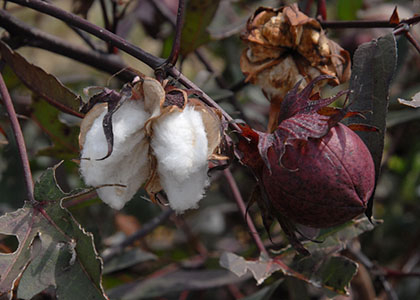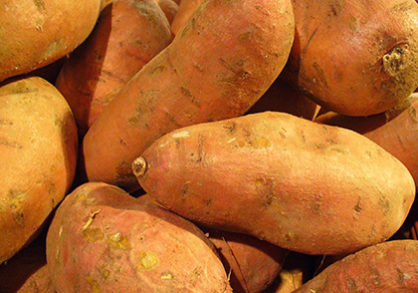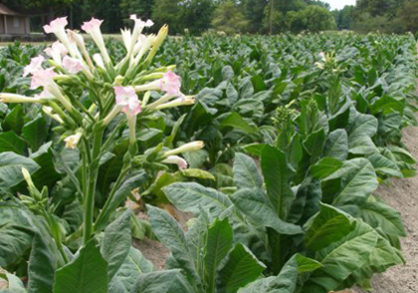
Cotton became profitable to grow commercially after the invention of the cotton gin in 1794 and by 1860, cotton had become the primary cash crop using the labor of enslaved people in the United States. Despite all states agreeing to legally abolish slavery in 1808, southern plantation owners increased their enslaved labor force to meet the desire to greatly expand the production of cotton.
Medicinal uses: Cultivated in Africa for at least 2000 years for its useful fibers, cotton’s leaves, seeds, and roots have also been used in traditional African folk medicine. African women who were forced into slavery brought their knowledge of the power of medicinal plants with them and passed their knowledge on from generation to generation. Drinking tea made with cotton root bark was a significant method among enslaved women to stimulate uterine contractions during childbirth.
Listen to learn more: Access a short narrative here.


